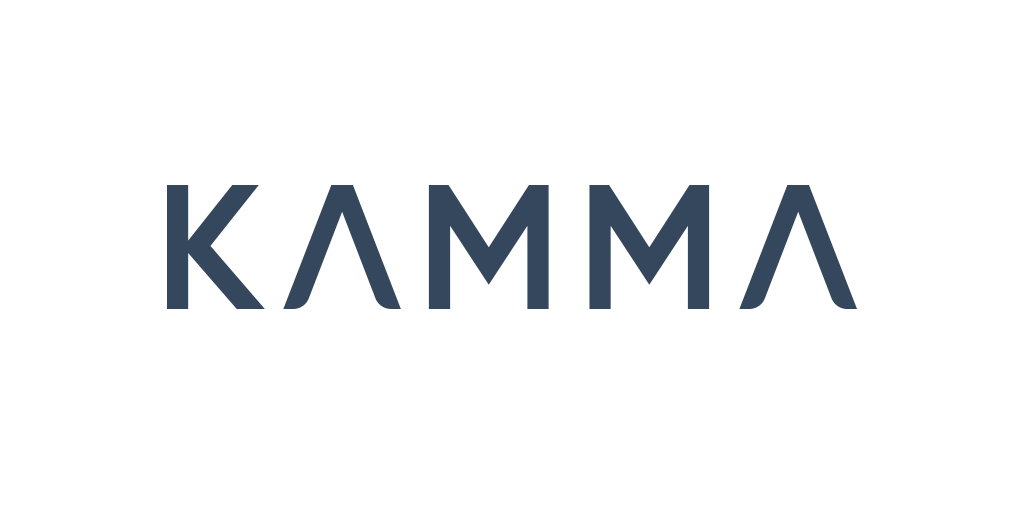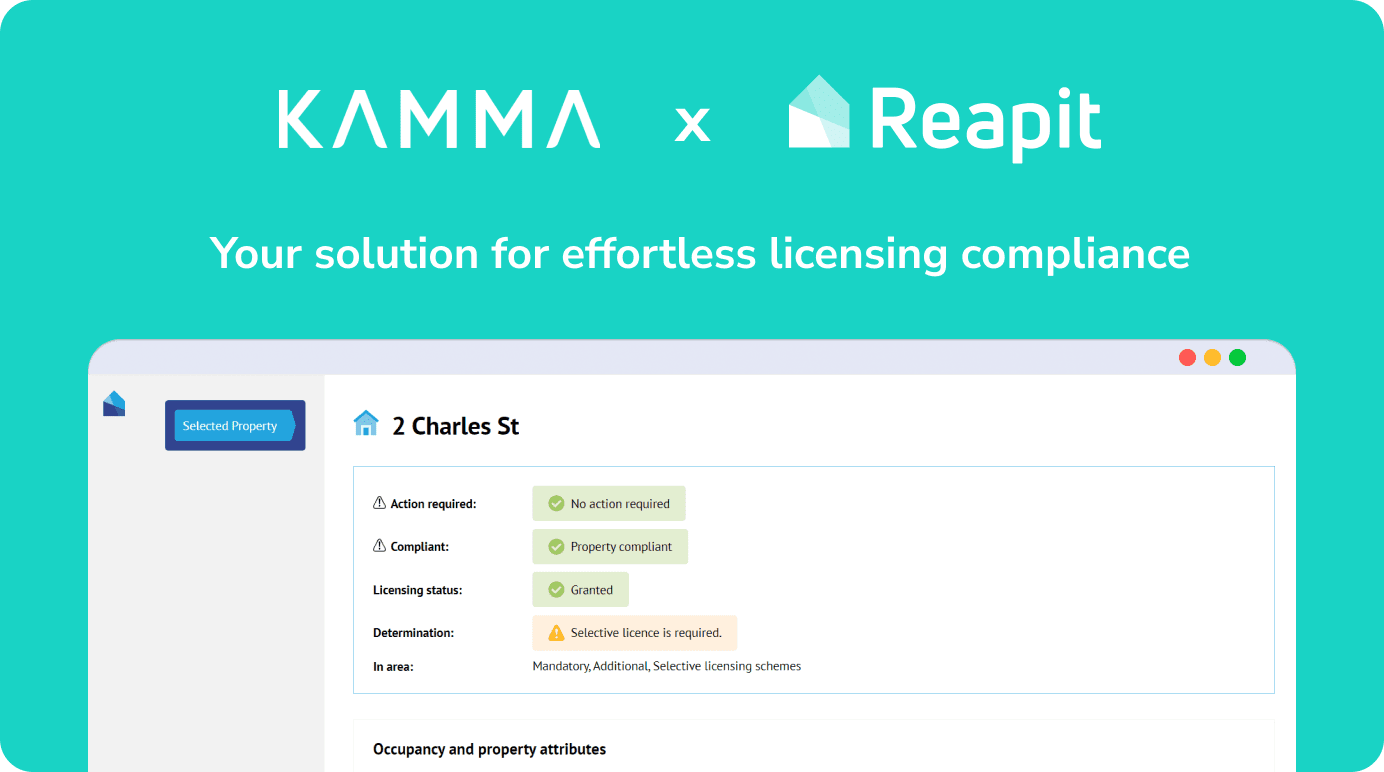- What we do What we do
- How we can help How we can help
- Insights Insights
- About About
- Support Support
- Book a Demo
New government policy could hand landlords a £29 billion energy efficiency cost, little support, and easy ways to avoid it
- First reading of Bill last month that would raise level of Minimum Energy Efficiency Standard from EPC rating of E to C by end of 2025 (new lets) and 2028 (all lets) would reduce annual emissions by 2.8 million tonnes
- Bill would pass costs straight to landlords just four months after the abrupt ending of the Green Homes Grant scheme
- Questions remain over an ‘all stick and no carrot’ approach when so many opportunities exist for exemption loopholes that could cover up to 73% of rental homes
15 August, 2021, London – Geospatial technology company Kamma have today released their analysis of the proposed increases to Minimum Energy Efficiency Standards (MEES) in the Private Rented Sector (PRS). With 2.9 million homes needing to improve, and an estimated average cost of £9,872 per home, the total bill facing the sector could hit £29 billion. In its current form the bill leaves substantial unresolved questions on the size and scale of potential loopholes.
The path to Net Zero for UK property took a step forward last month as the ‘Minimum Energy Efficiency of Buildings Bill’ passed the largely symbolic first reading, with actual debate scheduled for the second reading to be held in October this year. Kamma have released their analysis ahead of time, in order to support this debate, putting data behind some of the key questions raised.
The first of these is inevitably around costs and responsibilities. Kamma’s analysis of the EPC register for PRS properties highlighted a gap in efficiency, with 65% of properties on the register below the Government target of EPC grade C, compared to a national average of 58%. In one sense this is a huge opportunity: identifying and improving the estimated 2.9 million PRS properties below standard would cut 2.8 million tonnes in annual emissions. Yet it also comes at an aggregate cost in the region of £29 billion.
Government support has been reduced from the £1.5 billion Green Homes Grant to just £562 million in the form of a nationwide home upgrades fund targeting low income families. An “equivalent” replacement grant has recently been discussed, but even then there will be a substantial challenge placed on the private sector to find funds for home improvements. This comes after years of increased taxes on landlords, as Kamma CEO Orla Shields explained:
“The bill itself is a hugely important step in the right direction: it’s right to target poorly performing housing stock at this crucial time in the fight against climate change. More consideration needs to be given, however, to who and how this is going to be paid for. An increase in minimum EPC E to C is a dramatic rise and landlords won’t see any short-term benefits from lower fuel bills. Government policy is all stick and no carrot at this point.”
The second question is on the subject of exemptions, which are yet to be finalised but, based on existing standards, create huge loopholes. Landlords under the current minimum rating of E need to invest only up to a maximum of £3,500, which means 120,000 rental properties can still be let out despite being below an E rating. Similarly the ‘all improvements made’ exemption qualifies an additional 1,000 that have run out of viable upgrades. The obvious challenge is that both these categories of exemption will cover far more properties as the MEES is raised. The increased cost associated with increased targets means an additional 2.1 million properties could qualify as exempt, or a staggering 73% of the PRS.
One proposal would see the maximum investment increase to £10,000 but this would deliver a huge affordability challenge to the market and create an incentive for non-compliance. There are currently 3% of rental homes below the current MEES rating of E but this number is also expected to rise dramatically when the new minimum becomes a C. This either leaves 2.8 million tonnes of emissions from UK homes still pumping into the atmosphere each year, leaving a hole in the Net Zero strategy for property, or punctures a huge hole in landlord pockets, who may then decide to either not comply or leave the sector.
It also raises the question of fairness as it penalises landlords that have properties in-line with the market average of EPC D and therefore a cheaper route to C, whilst landlords of the worst performing properties quickly hit a cost ceiling. As Shields continued:
”Leaving landlords without incentive or support, but with loophole opportunities to avoid these targets is a dangerous approach. It’s vital that policy is able to strike the right balance. Poorer performing properties should be targeted for improvement and the entire sector supported to get there.”
For more information about this, click here to read our article

New insights: how does EPC data impact affordability assessments?
Accurate energy performance data is a must to ensure mortgage lenders can accurately assess affordability and reduce risk – here’s why.
Read more
Kamma’s Response to CVE-2024-0394 (XZ Utils Backdoor)
Last week security researchers publicised a malicious back door in the XZ Utils library, a widely used suite of software that gives developers lossless compression and is commonly used for compressing software releases and Linux kernel images. The backdoor could, under certain circumstances be used to run unauthorised code via the encrypted SSH connection protocol. […]
Read more
Licensing Compliance Simplified: The Kamma-Reapit Integration
The Kamma app is officially live on the Reapit marketplace! This integration arrives just in time to confront the introduction of fifteen new licensing schemes and six current consultations in the first half of the year alone. Kamma’s Reapit integration empowers you to effortlessly manage your licensing compliance through: How does the app work with […]
Read more
Subscribe to the Kamma Newsletters
Regular news, information and insights from Kamma. No spam. Unsubscribe at any time.
Subscribing ...
Sorry, we really want to but we couldn't subscribe you due to missing or incorrect information; please update the information that's highlighted in red and try again.
Well this is awkward. Something went wrong on the internet between your browser and our newletter subscription service. Please let us know and we'll do our best to fix it for you.
Thanks for subscribing! Check your Inbox in a short while for a confirmation email to check it was really you that just subscribed. If you've already subscribed, we'll keep your subscription but you won't receive a confirmation email this time.
